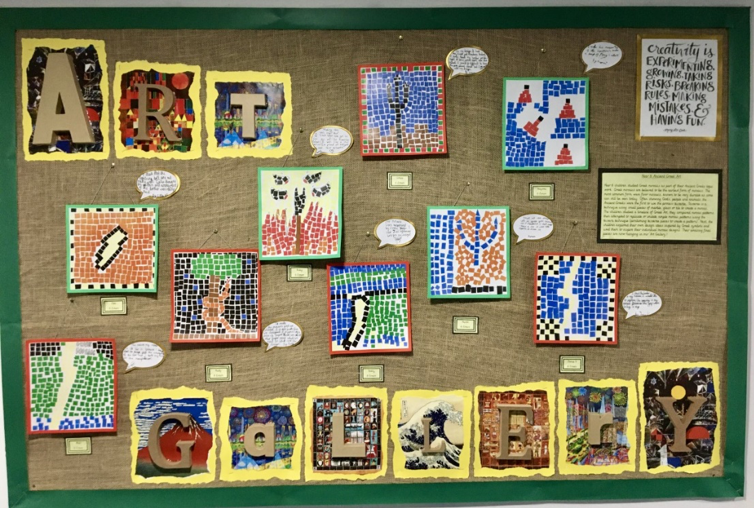Art and Design teaching at Glebe
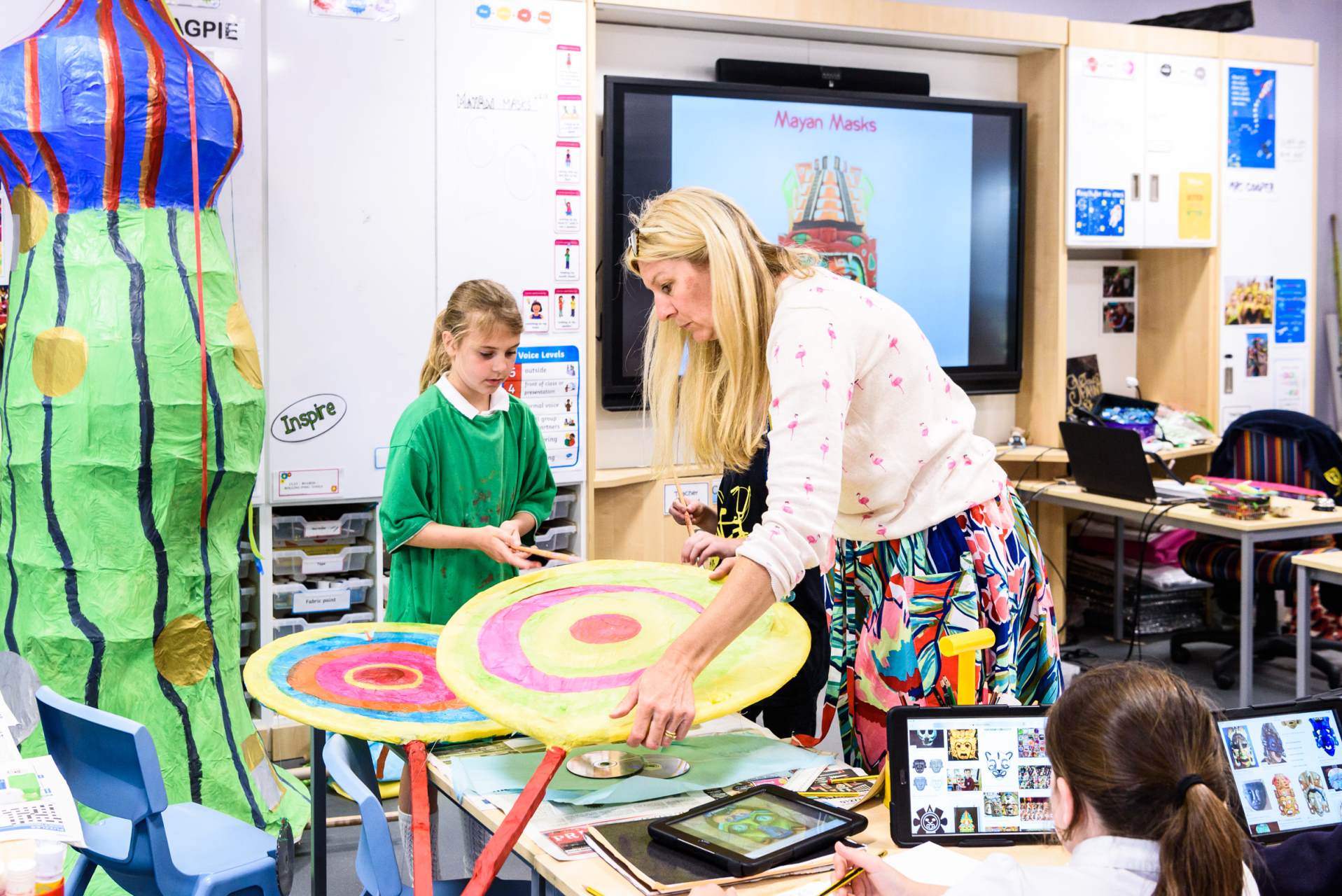 Art and Design Leader
Art and Design Leader
- Miss Palmer
The INTENT of Art and Design at Glebe
At Glebe Primary School, we have created an ART curriculum as part of our whole schools value-based curriculum. Through art children are encouraged to express themselves artistically and creatively whilst developing their visual literacy (the ability to read, write and create visual images). Art is taught across the school as a planned unit of work including; learning about the vocabulary linked to their art unit (sculpture, painting, textiles, drawing or printing) as well as an artist, or type of art, and their artwork. We believe it is important to teach the children about a range of artists as well as significant artists in history. We are continually making adjustments so that children see a diverse range of artists from different places and backgrounds. Following on from vocabulary and the artist ‘detective’ work, the children learn/develop the relevant artistic skills which they are challenged and used to inspire their own creative design and final piece for the art unit. There are many opportunities for the children to practise and use the skill during the ‘development of skill’, ‘imitation or artwork’ and ‘creating’ parts of each unit. Children then have an opportunity to respectfully evaluate their own and each other’s artwork. Throughout a unit of work, the children will RAP (review and progress) various aspects of previous learning in art, this reinforces our ‘spiral curriculum’. Through our two-yearly spiral art curriculum, we aim to provide the children with a range of art-based valued experiences which will enrich and develop their artistic knowledge and skills. Once children have completed their primary school journey, every child should have experienced each skill (sculpture, painting, textiles, drawing or printing) three times with different artists and different zoomed in focuses.
How we teach Art and Design at Glebe
Click here for the National Curriculum - programmes of study for art and design
4 layer 2 curriculum map art 2022 23.pdf
Spotlight within Art and Design - Year 2
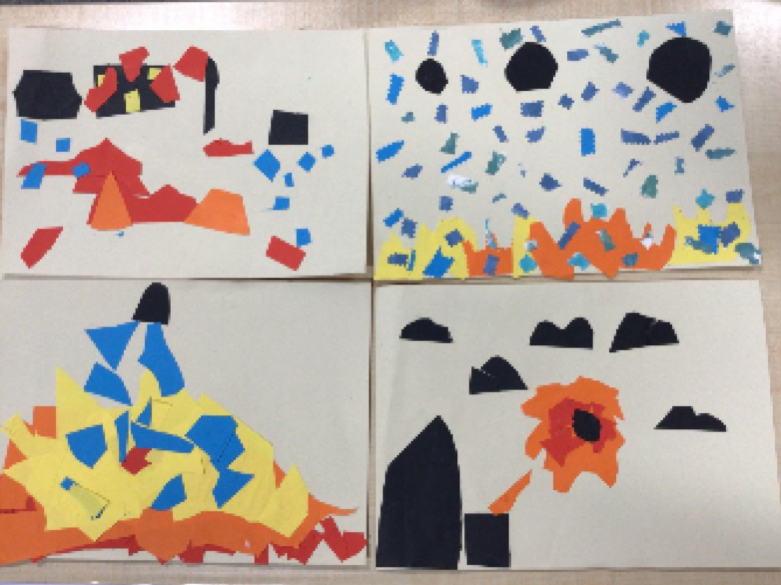 Year 2 have been inspired by French Artist; Henri Matisse and have incorporated this into their Great Fire of London unit. As you can see, children have cut out irregular and regular shapes, arranging them with careful consideration of the negative space.
Year 2 have been inspired by French Artist; Henri Matisse and have incorporated this into their Great Fire of London unit. As you can see, children have cut out irregular and regular shapes, arranging them with careful consideration of the negative space.
Can you work out what these collages represent?
Spotlight within Art and Design - Year 4
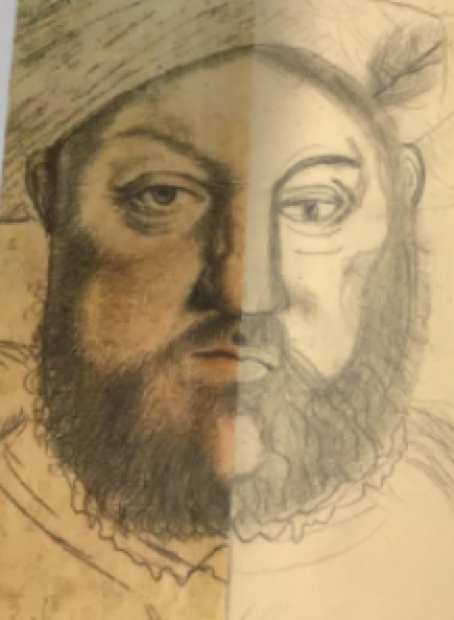 Year 4 have been practicing their sketching skills and drawing none other than Henry VIII just like German Artist Hans Holbein.
Year 4 have been practicing their sketching skills and drawing none other than Henry VIII just like German Artist Hans Holbein.
Can you see who it is in this amazing portrait?
Spotlight within Art and Design - Year 2, Year 5 and Year 6
Glebe offers pupils an array of enrichment activities to provide exciting, stimulating experiences that enhance our curriculum and children's individual learning.
Art at Glebe runs as a ‘spiral curriculum’ – using the six main forms of art (painting, drawing, textiles, printing, collage and sculpture) which develop as the children move through the school. So an art form eg. Painting will begin in Year 1 and then further developed again in Year 3 and 5. All art units begin by learning the relevant art vocabulary and focussing on an artist which will inspire our artwork. By completing an artist study, we aim to broaden the children’s understanding of art through history and key historical events.
Year 2 completed a drawing unit linked to their castles topic and studied the work of Paul Klee to inspire their own artwork. The children developed their drawing skills and produced some amazing artwork.
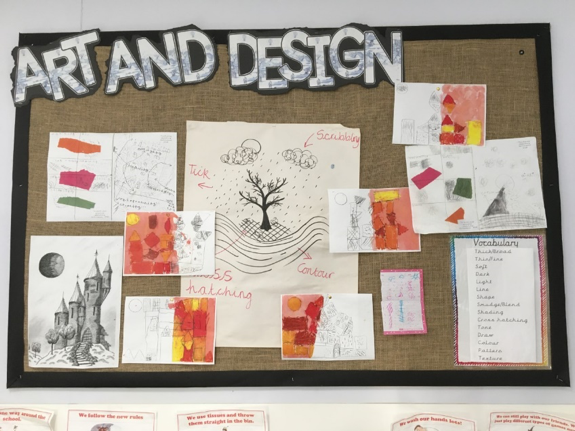
In Year 5, we completed a textiles based art unit linked to our topic ‘Not all heroes wear capes’. We began by learning about the textile vocabulary, completing a textiles timeline and learning about Faith Ringgold, a textile artist. Her work inspired us to create our own kindness quilts using various sewing skills we had developed during our art lessons.
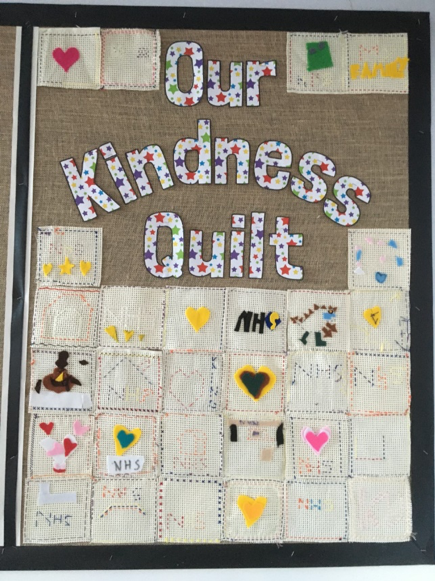
In Year 6 topic of the Ancient Greeks, they children looked closely at mosaics and how they were created hundreds of year ago. They children used ‘paper tiles’ to imitate Greek style mosaic art and then designed their own mosaics inspired by their Ancient Greek topic.
